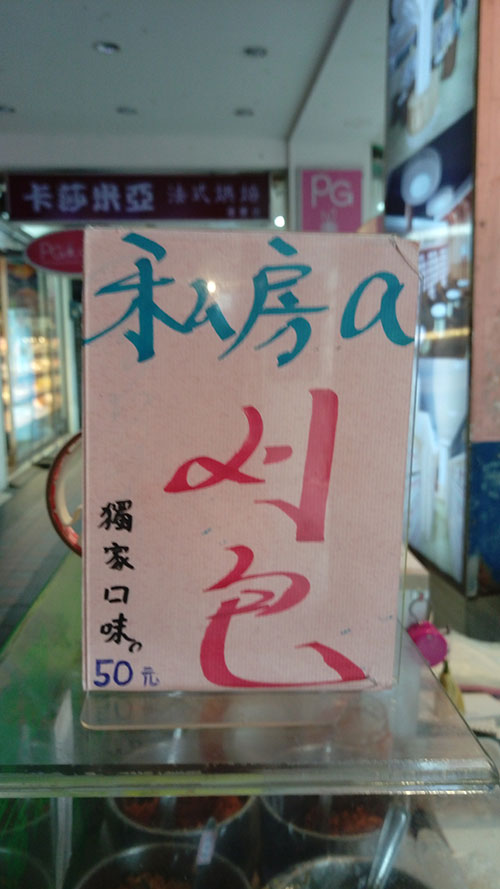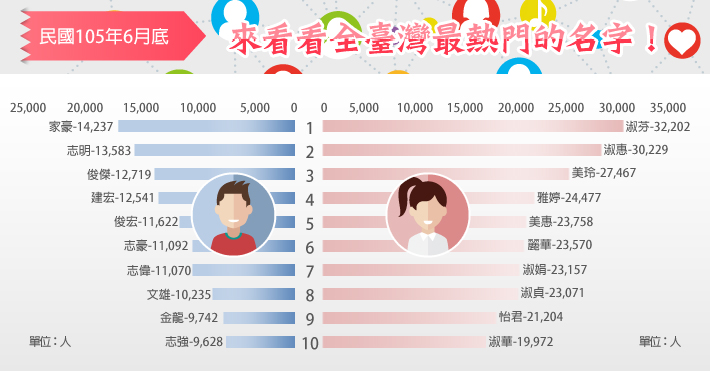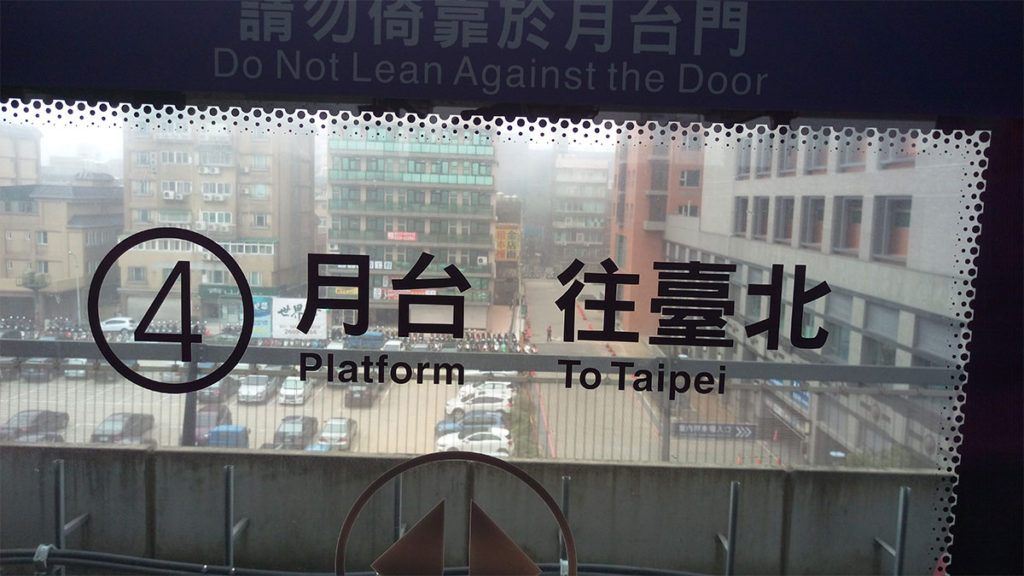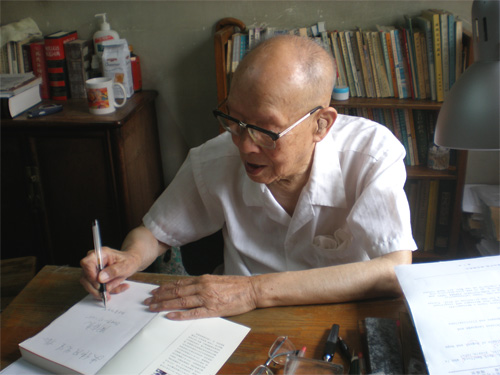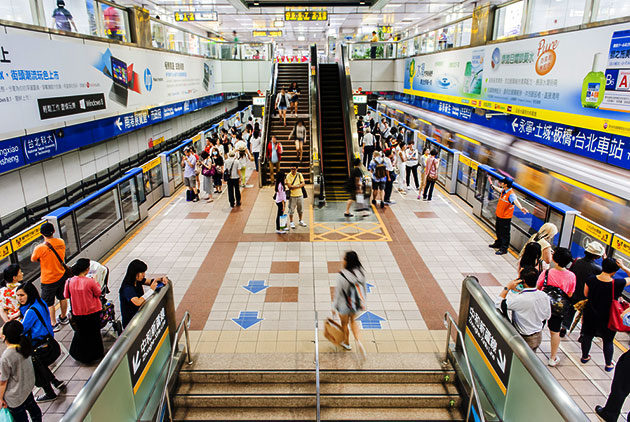About a year and a half ago, when I last posted on a recurring poll of what people in Hong Kong think of Mandarin and Cantonese (as well as other “icons” relevant to Hong Kong) I predicted that “the next survey will show aversion to Mandarin surpassing affection for and pride in that language.”
As of the 2016 survey, aversion to Mandarin was at 17.7 percent of the population, whereas affection for and pride in Putonghua, as the survey labels it, were at 20.1 percent and 17.8 percent, respectively. So I was wrong.
Nevertheless, Mandarin certainly isn’t winning any popularity contests in Hong Kong these days. Although the levels of those averse to Mandarin and those proud of it are now just about equal, among Hong Kongers pride in Mandarin is lower than pride in any other surveyed item. Affection toward Mandarin was similarly lower, avoiding the bottom spot only because the Chinese army came in less than one point lower.
Attitudes in Hong Kong toward Mandarin and Cantonese, 2012-2016
Detail of the above chart, 2012-2016
Generally speaking, positive feelings for Cantonese are higher — usually much higher — than positive feelings for other Hong Kong icons, while negative feelings about Cantonese are much lower than for most other icons. On the other hand, feelings for Mandarin are more highly negative and less strongly positive than for most other icons.
sources and further reading:
- The Identity and National Identification of Hong Kong People, Survey Results (PDF), Centre for Communication and Public Opinion Survey, the Chinese University of Hong Kong
- Attitudes in Hong Kong toward Mandarin and Cantonese, Pinyin News, December 12, 2015
- Xiānggǎngrén de shēnfen yǔ guójiā rèntóng diàochá jiéguǒ (香港人的身份與國家認同調查結果), Centre for Communication and Public Opinion Survey, the Chinese University of Hong Kong, November 2014
- The Identity and National Identification of Hong Kong People: Survey Results, Centre for Communication and Public Opinion Survey, the Chinese University of Hong Kong, November 2014
- Attitudes in Hong Kong toward Mandarin: survey, Pinyin News, December 5, 2011
- Hong Kong’s pride in Putonghua, Pinyin News, December 2, 2006
- Status of Cantonese: a survey-based study, Pinyin News, March 1, 2008




